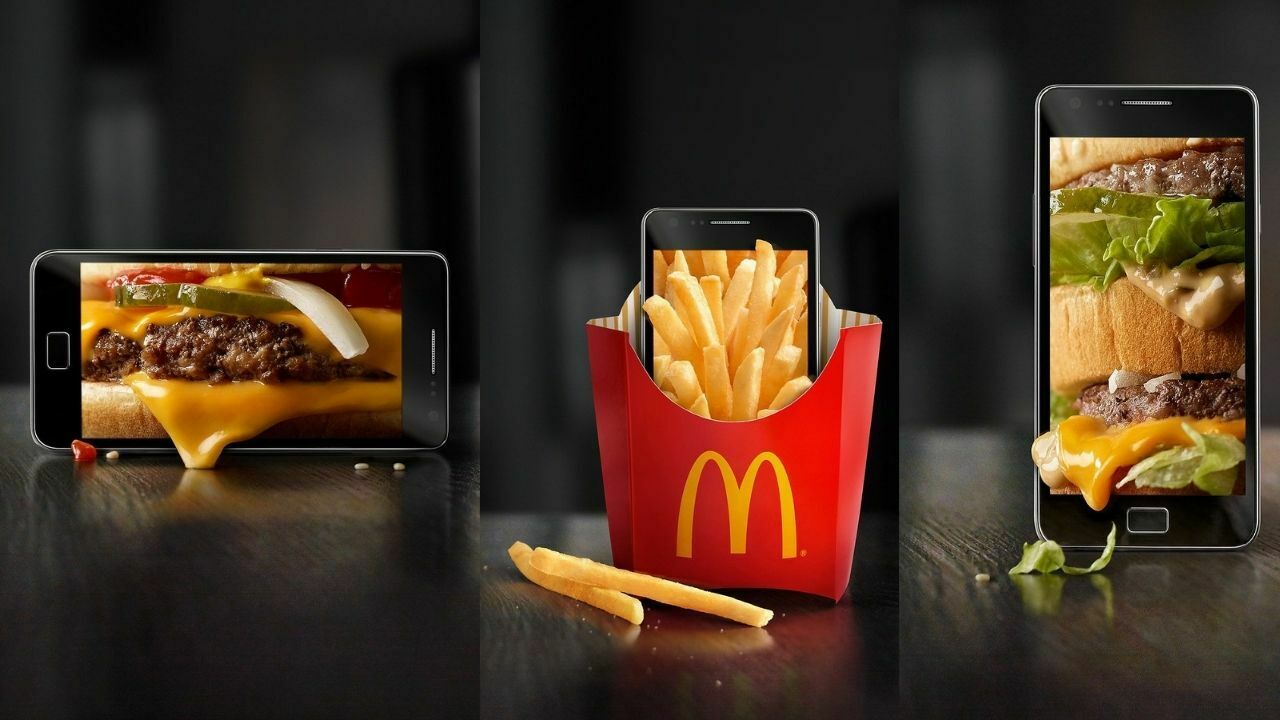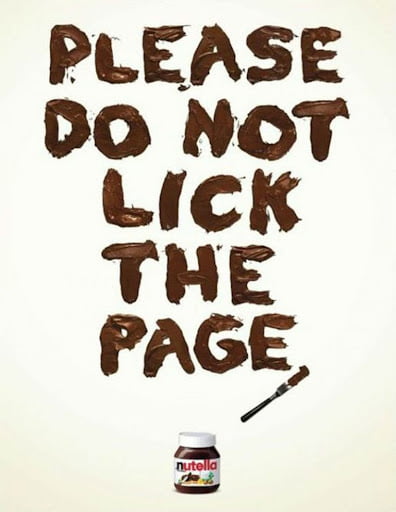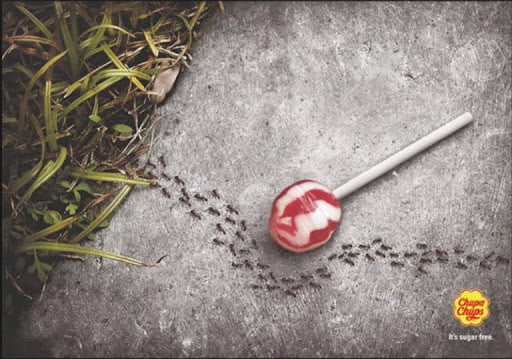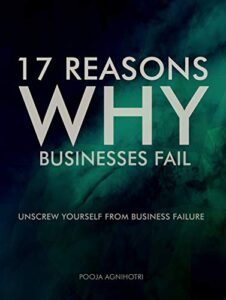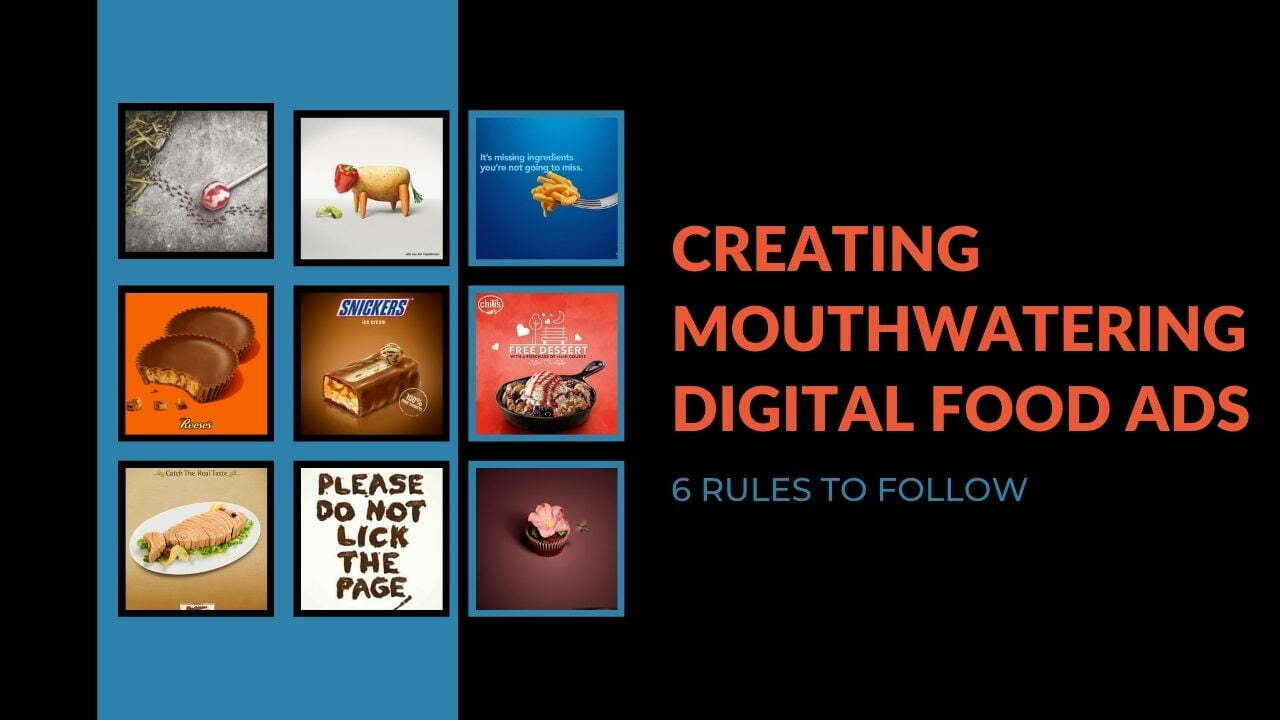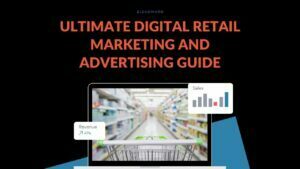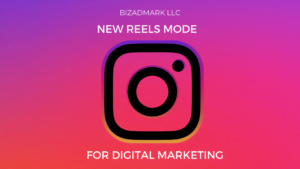In this blog, we’re going to learn what is the secret of creating mouthwatering digital food ads.
The kind of ads that can make your targeted consumers salivate and dream of taking a bite of your food product right away.
Just creating a digital ad to sell your product is not enough anymore.
When an average internet user is served over 1700 digital banner ads per month, the task of grabbing people’s attention and leaving an impression on them becomes highly tough.
How does a food brand hope to get noticed in an environment like that?
What if you’re a new business? How do you hope to compete with other existing products and brands? Many new food businesses find themselves struggling in this sea of cut-throat digital competition to get heard, seen and loved.
3 Goals of a Digital Food Ad
Just running a digital food ad is not enough. The ad is also supposed to serve its purpose.
1) Digital Food Ad First Goal
The first goal of any digital food ads is to get noticed by the right people. If you find that your ad is ignored most of the time, then your ad is not good enough and needs to be changed right away.
2) Digital Food Ad Second Goal
Once a digital food ad is able to catch the eyeballs, you expect it to make an impact on them. You want the audience to salivate or get a desire to eat that food.
On the other hand, if your digital food ads makes them feel frustrated (a meat product ad shown to a vegan) or bored out of their minds that they want to block you (for example, a non-creative and non-entertaining food ad shown repetitively to people), your ad will fail even after crossing the first hurdle of getting noticed in a crowd.
3) Digital Food Ad Third Goal
Once a digital food ad is able to grab some eyeballs and also make an impact, the next thing you expect from that ad is to inspire some kind of action. An ad that makes its viewers buy that food product online or in-store, tell others about it, or remember it when the next time they’re in the market looking for a similar product.
Any digital food ad that is able to achieve these three goals is the kind of ad you need for your brand. They are not only effective but also profitable.
6 Rules for Creating a Mouthwatering Digital Food Ads
You want an ad that is mouthwatering because appealing to their tastebuds is the key to increasing your sales. In addition to that, you also want your brand to become more memorable and recognizable than other brands.
Moreover, you don’t want to just sell right now, you also want to continue selling even when the ad is not running.
Creativity
As we say at Bizadmark, creativity is the holy grail of marketing and advertising.
Here is what you need to know:
People hate ads.
Also, The same people love to have entertainment and admire creativity.
As competition in the food industry continues to rise, creativity in their ads becomes more and more important. It acts as a differentiating factor and gives them a competitive edge.
Additionally, creativity is the only factor that can give you a chance to go viral. As people are not going to like and share a boring ad, creating a compelling, creative, and entertaining ad can help you step out of the advertising… Click To Tweet
Have a look at this ad. Do you think you would have scrolled past it without noticing it? All hail creativity!
Invest in Food Photography
Always hire a professional photographer and videographer for your food brand. It might appear to you that anyone can take food photographs. Maybe your assistant or your digital marketing executive can help you with this. But it’s not that easy as it looks.
A professional food photographer knows how to make a burger look glistening rather than greasy. The former makes people want to eat your burger, the latter kills their hunger.
Not to mention, they know how to make ingredients look fresh in the pictures, and how much sharpness to add in the images to show off the texture.
Most importantly, they are well aware that their pictures have to sell the food, and not just look pretty.
Choose Funny Over Emotional
Creating Video digital food ads perform phenomenally when they’re hilarious rather than emotional. When you try to use a tear-jerking story to sell your burgers, fries, beans, salad or something else, you fail to make the right impact on your audience.
Look at this example of an emotional ad by McDonald’s.
In our Chief Creative Officer’s words, “It’s boring. Cheesy. Comically bad. They are trying to tell some touching, heart-warming, sappy story like they’re a children’s charity. Being a fast food, sticking to funny and upbeat would have been better for them.”
Let’s look at another example of a great ad that used raw humor to sell the food product:
This is a very creative ad done by our CCO, Todd Perelmuter. It shows the product in the right light and makes people hungry. Not to mention, people find it hard to ignore or forget this ad.
Don’t Be Gross
“I know people don’t like gross stuff. Why are we talking about this?”
This seems like advice that we think we already know.
But the reality is while creating digital food ads, many times we forget about it.
For example, you don’t want to show ugly-looking food from your competitors’ brands just to make your point.
Another point to remember here is that in your ad, you can show somebody taking a bite of your food but don’t show somebody chewing on it, a closeup of food dripping their mouths, etc…
All these things just gross out your audience and they lose their appetite. If they lose their appetite, they won’t find your product mouthwatering. Thus totally destroying your ad.
Be appetizing
The purpose of a food ad is to make their target customers mouth water.
There are many ways to do that.
Good storytelling.
Creativity.
Showing good food picture.
Showing someone taking a bite.
So, Showing a food with a bite taken off like a bar of chocolate that says we’re digging into this.
Not just these, there are various other ways of doing this. Ask your advertising agency what they’re doing to make your food look mouthwatering.
Recess peanut butter cup ad is a great example to understand this point.
Show the Ingredients That Made the Product
People these days like to know what goes on in their products. They want to know all the ingredients. As a result, it gives a great opportunity to all the organic, natural, and vegan products to show their list of ingredients and make people interested in them.
Key Takeaway: Mouthwatering Digital Food Ads
People eat with their eyes first. So, make sure your ads are visually appealing. You can show how your product is made, what goes in it, what it feels like to eat it or something else.
Furthermore, your digital food ads have to give the experience of how good your food tastes, how divine your food smells, and how wonderful an experience it gives.
The secret of creating a mouthwatering digital ad lies in the 6 rules shared in this blog. As long as you stick to those, you’ll never be disappointed with the results of your digital food advertising.
If you find your ads not doing as well as you want them to be, get in touch with us. We’ll make sure that whoever sees your ad next time wants to jump inside the screen to devour it.
Successful Business Owners Learn From Mistakes Others Make
The secret to success in business isn’t doing what other successful people have done; it’s by avoiding the mistakes made by businesses that have failed. Instead of repeating their mistakes, now we can learn from them and best ensure business growth and commercial success.
17 Reasons Why Businesses Fail brings the cautionary tales of mistakes made by many businesses that ultimately led to their failure and which other businesses should avoid at all costs if they plan to survive and grow. Get your copy.
Another Interesting Article For You!

